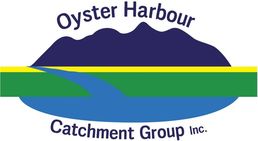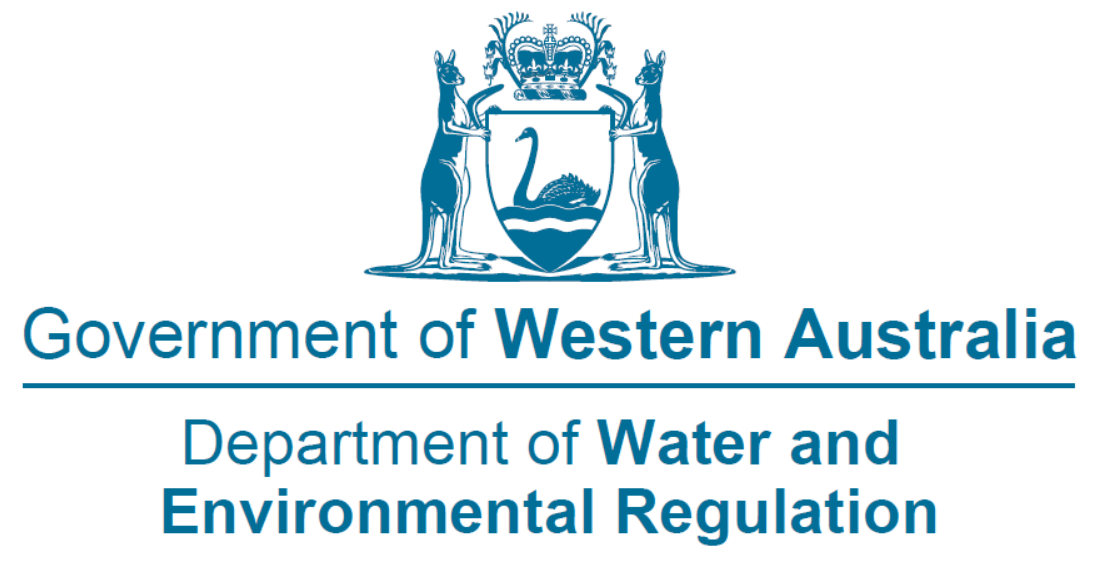Assassin Spider
Argiope trifasciata
Assassin spider (otherwise known as a Pelican Spider) have extremely elongated necks and long scything jaws with which they spear and catch prey, usually other spiders, in a way reminiscent of pelicans catching fish. They are limited to moist environments along Australia's coast, found mostly in rainforests in New South Wales and Queensland, with a major pocket in Western Australia's south west corner.
They are usually found where there is moss and suspended leaf litter. In Western Australia they are usually found in dense undergrowth in heathland. They are small (but not tiny) spiders with eight eyes, and long legs with a particularly long patella on leg. They are usually brown or red-brown in colour. Both males and females usually have prominent knobs on the abdomen. At night they hang upside-down on a single line of silk, waiting for wandering spiders which they impale with their spear-like jaws and grip with rows of peg-like teeth.
They are usually found where there is moss and suspended leaf litter. In Western Australia they are usually found in dense undergrowth in heathland. They are small (but not tiny) spiders with eight eyes, and long legs with a particularly long patella on leg. They are usually brown or red-brown in colour. Both males and females usually have prominent knobs on the abdomen. At night they hang upside-down on a single line of silk, waiting for wandering spiders which they impale with their spear-like jaws and grip with rows of peg-like teeth.
Fun fact: Assassin spiders are iconic among arachnids due to the extraordinary ecological history, their remarkable appearance and antiquity, their limited distribution and high endemism.
We acknowledge the Minang and Koreng people as the traditional custodians of the land on which we work and live. We pay our respects to the Elders, past, present, and emerging and to the wider Noongar community.
Sponsors and Supporters












